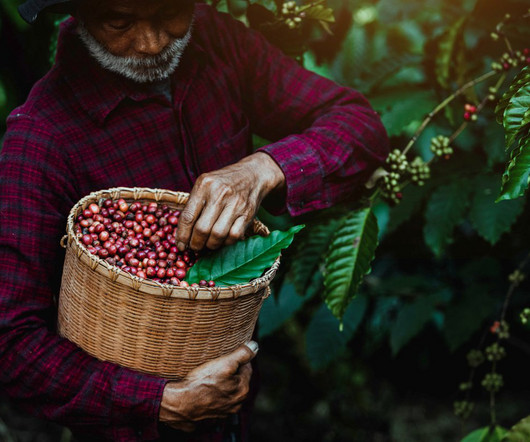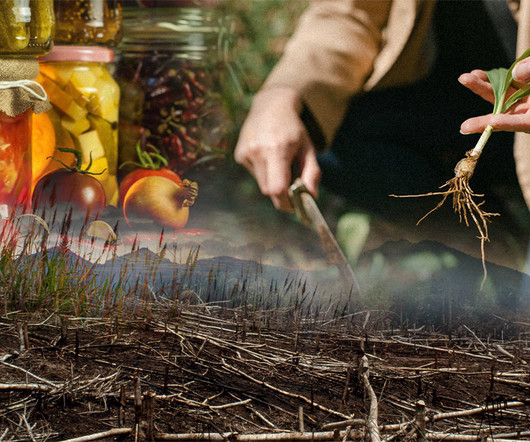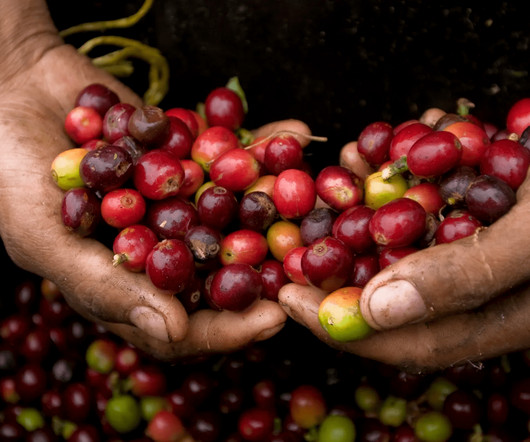Meet the Taro Farmer Restoring an Ecosystem Through Native Hawaiian Practices
Modern Farmer
DECEMBER 15, 2023
Enlisting a staff of 16 and an army of volunteers, the organization cultivates the crop in knee-deep water diverted from Heʻeia stream. Before the prevalence of large-scale, Western agriculture, “every valley that had a stream had a kalo plantation,” says Derek Kekaulike Mar, as he helps peel piles of raw taro tagged for a batch of kulolo.











Let's personalize your content